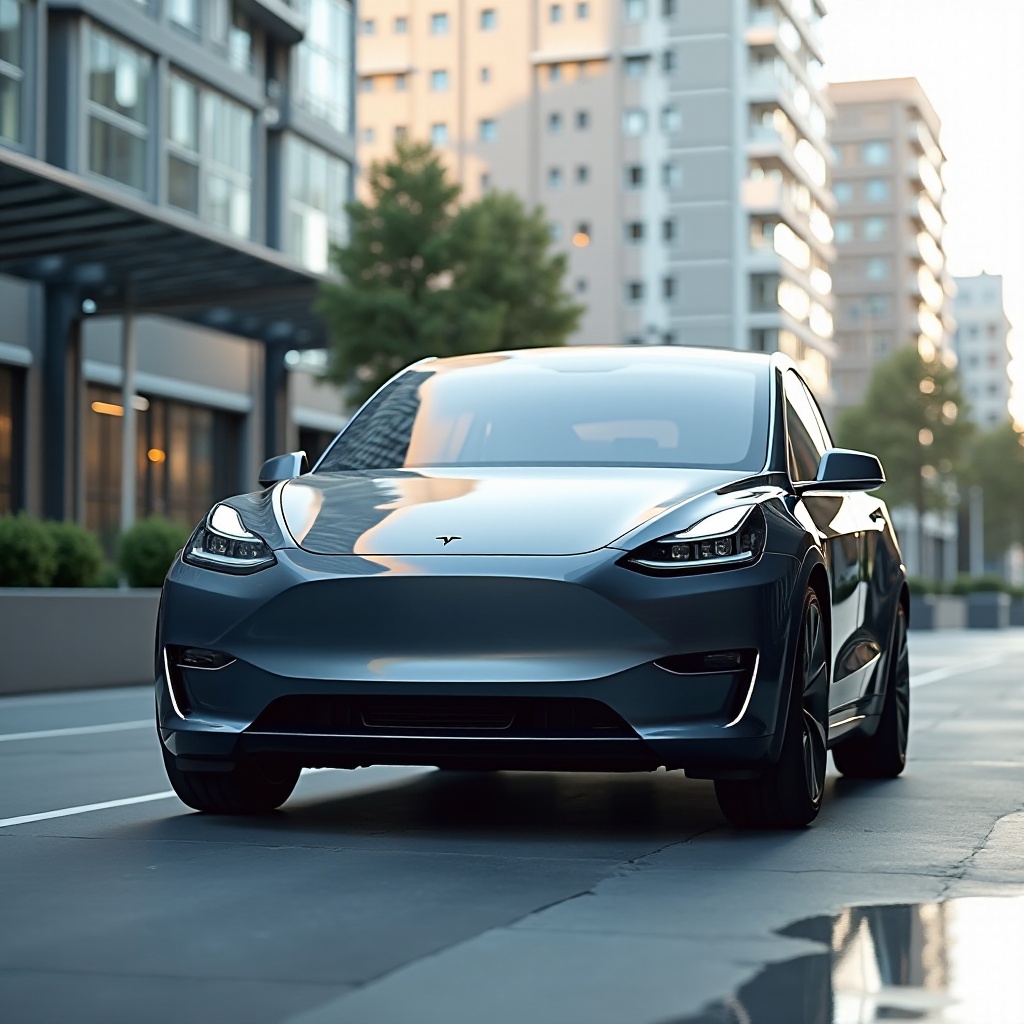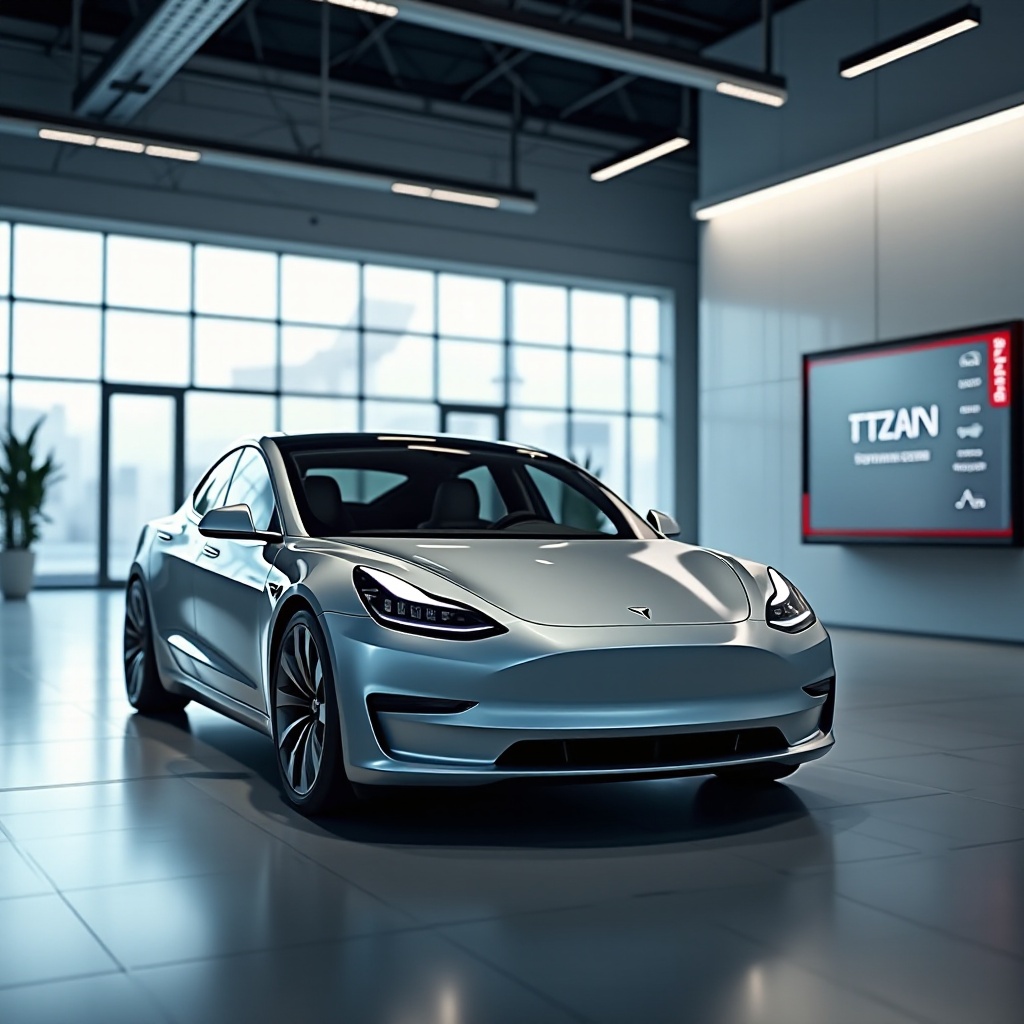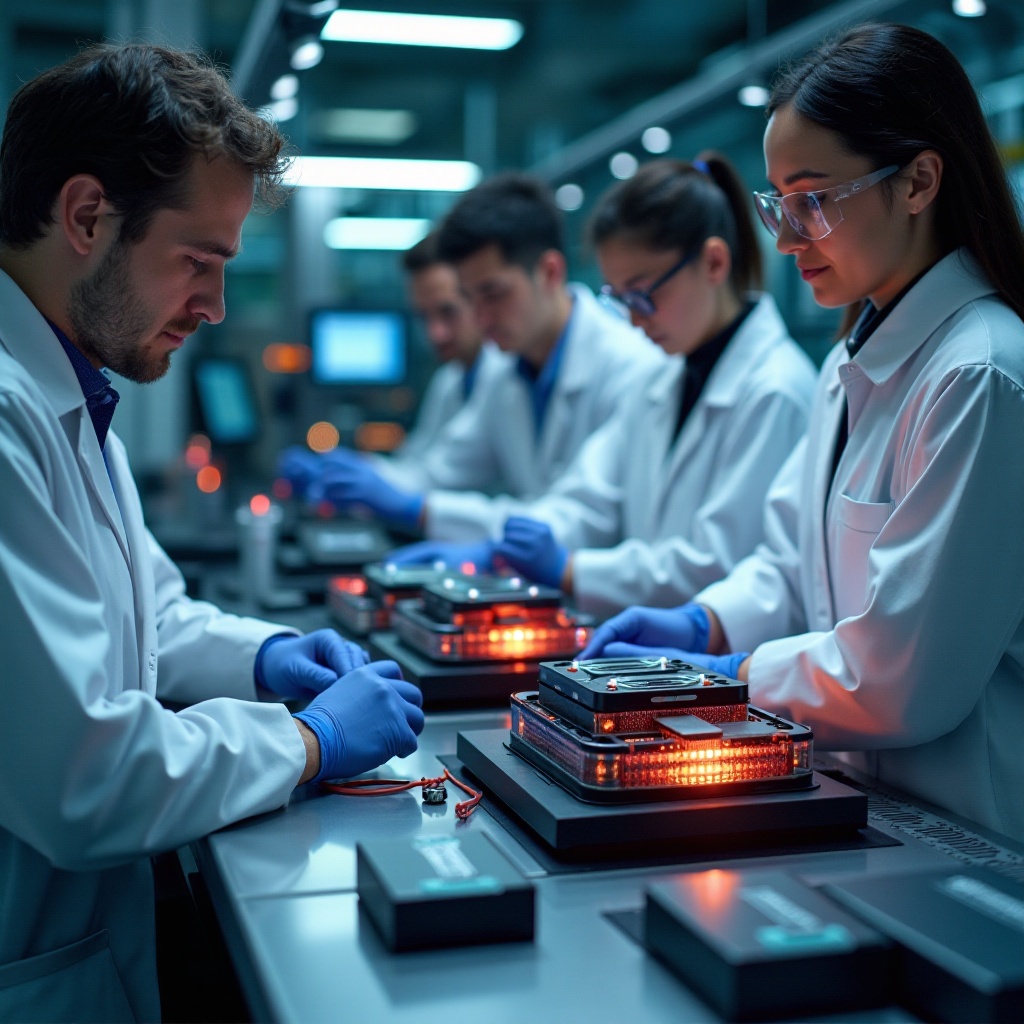Introduction
As electric vehicles gain popularity, Tesla stands out as a pioneer. A crucial component of Tesla’s success is its battery technology. If you’re wondering whether Teslas use lithium-ion batteries, this article provides the answer. We’ll delve into the significance of these batteries, their performance and safety features, their environmental impact, and Tesla’s future innovations in battery technology. By the end, you’ll have a thorough understanding of Tesla’s battery strategy.

The Role of Lithium-Ion Batteries in Electric Vehicles
Electric vehicles (EVs) largely depend on battery technology, with lithium-ion batteries emerging as the industry standard. These batteries are renowned for their high energy density, long life cycles, and efficiency. They power EV motors, store energy from regenerative braking, and provide power for vehicle electronics.
The importance of lithium-ion batteries in EVs is immense. They enable longer driving ranges, rapid acceleration, and enhanced overall vehicle performance. Additionally, their relatively quick charging times and decreasing costs have made EVs more accessible to the public. Thus, lithium-ion technology is crucial to the mass adoption of electric vehicles.
Tesla and Lithium-Ion Batteries
Adoption of Lithium-Ion Batteries by Tesla
Tesla has led the way in adopting lithium-ion batteries for its entire range of vehicles. Since its inception, the company has utilized these batteries to deliver the high performance and range that Tesla cars are celebrated for. The use of lithium-ion technology allows Tesla to offer vehicles with outstanding acceleration, long-range capabilities, and efficient energy usage.
Evolution in Tesla Models
From the Roadster to the latest Model S, X, 3, and Y, Tesla has continually evolved its use of lithium-ion batteries. The original Roadster, launched in 2008, demonstrated the potential of lithium-ion batteries in high-performance vehicles. Since then, each new model has brought advancements in battery technology, yielding greater energy density, longer range, and improved safety features. Tesla’s ongoing research and development ensure that their battery technology remains cutting-edge, setting industry standards.

Performance and Safety of Tesla’s Batteries
Energy Density and Range
Tesla’s lithium-ion batteries offer high energy densities, translating to longer driving ranges. For example, the Model S Long Range can travel over 400 miles on a single charge. This high energy density results from a combination of advanced battery chemistry and efficient power management. These characteristics not only extend range but also enhance performance metrics, enabling Tesla vehicles to provide rapid acceleration and robust overall performance.
Safety Features
Safety is paramount in Tesla’s battery design. The company has implemented multiple layers of protection to prevent overheating, overcharging, and short-circuiting. Each battery pack includes a cooling system to maintain optimal temperatures, thus preventing thermal runaway. Additionally, Tesla’s battery management system continuously monitors each cell’s health and performance, ensuring consistent and reliable operation. These safety features make Tesla’s lithium-ion batteries among the safest on the road today.
Environmental Impact of Lithium-Ion Batteries
While lithium-ion batteries offer significant benefits in reducing vehicle emissions, they also come with environmental considerations. The mining and processing of lithium and other raw materials can have ecological impacts. However, Tesla is actively working to mitigate these effects through sustainability initiatives. The company emphasizes recycling and reusing materials and is investing in closed-loop battery recycling processes to minimize waste.
Tesla’s commitment to reducing environmental impact extends beyond batteries. The company aims to produce its vehicles and batteries using renewable energy sources, further lessening the overall carbon footprint. As technology evolves, it is expected that the environmental impact of lithium-ion batteries will continue to decrease.
Tesla’s Future Innovations in Battery Technology
Next-Generation Battery Research
Tesla is continually researching and developing next-generation battery technologies. The company has made significant investments in battery research, aiming to increase energy density and reduce costs. Innovations such as the 4680 battery cell, introduced at Tesla’s Battery Day, promise notable improvements in range and performance. These cells are designed to be more energy-dense and easier to manufacture, leading to more efficient production processes.
Goals for Sustainability and Cost Reduction
Tesla’s future battery innovations also focus on sustainability and cost reduction. By enhancing battery production efficiency and exploring alternative materials, Tesla aims to make electric vehicles more affordable. The company’s goal is to produce a mass-market electric vehicle that can compete with traditional fossil fuel cars on price. Additionally, Tesla is committed to improving the recyclability of its batteries, contributing to a circular economy. These advancements will make electric vehicles even more appealing and support global sustainability goals.

Conclusion
Tesla’s use of lithium-ion batteries is central to its success and innovation in the electric vehicle industry. These batteries provide the performance, range, and safety that Tesla drivers expect. While environmental considerations are important, Tesla’s commitment to sustainability and continuous improvement in battery technology is paving the way for a greener future. As the company advances, we can anticipate more groundbreaking developments in battery technologies.
Frequently Asked Questions
What type of battery does Tesla use?
Tesla uses lithium-ion batteries for all its electric vehicles. These batteries offer high energy density and are crucial for the long-range and high-performance capabilities of Tesla cars.
Are Tesla’s lithium-ion batteries recyclable?
Yes, Tesla’s lithium-ion batteries are recyclable. The company focuses on sustainability and has implemented processes to recycle and reuse battery materials, reducing environmental impact.
How does Tesla ensure the safety of its lithium-ion batteries?
Tesla ensures the safety of its lithium-ion batteries through multiple protective measures. These include advanced cooling systems, comprehensive battery management, and stringent testing protocols to prevent hazards such as overheating and short circuits.


